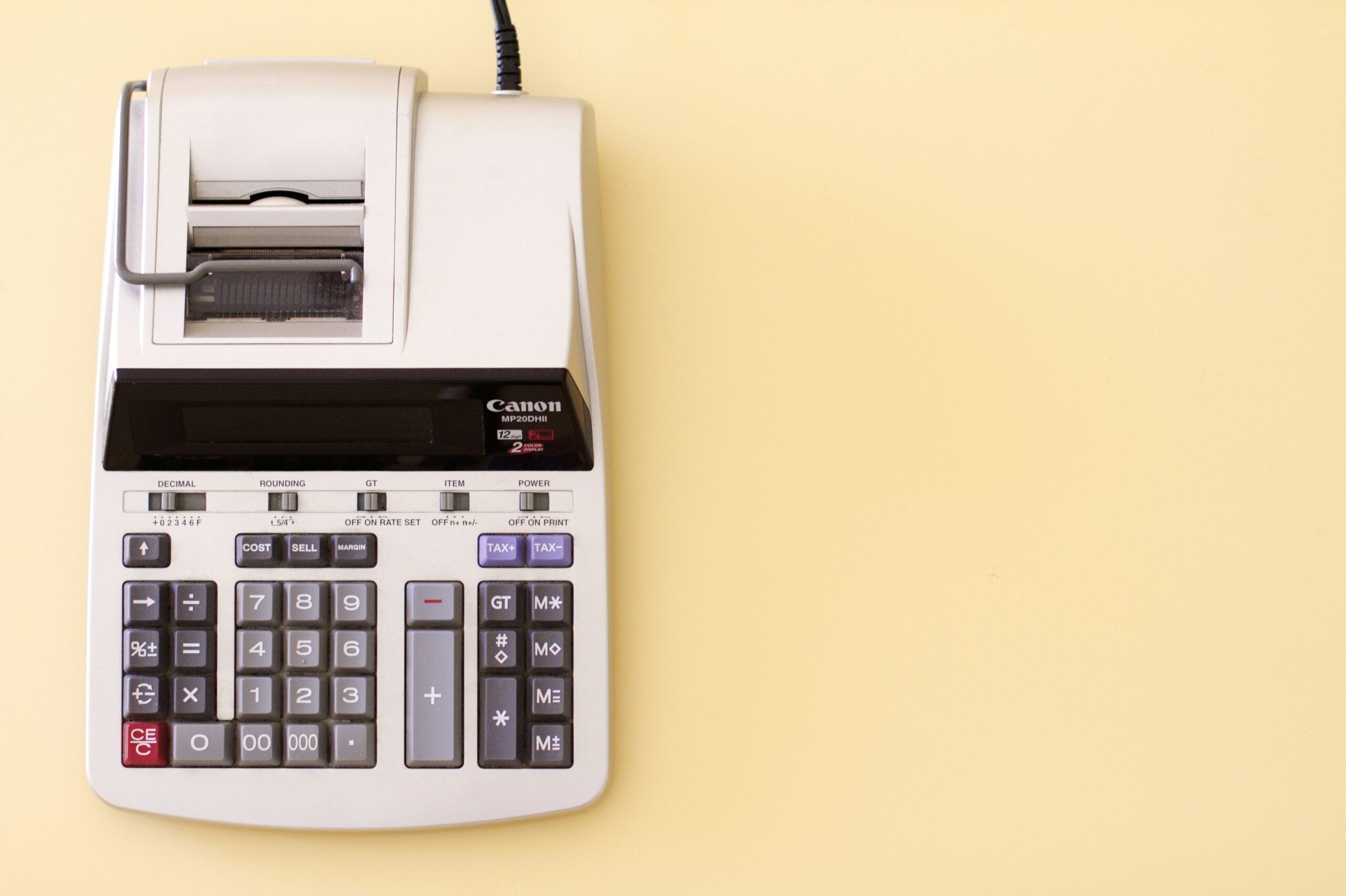The long-protracted wait for the Federal Reserve to raise interest rates for the first time in nearly a decade is over. In December, the Fed did just that, and in doing so created, for those in the bond market, a proverbial double-edged sword: On the one hand, bonds acquired today may provide a higher rate of return than those purchased pre-December 2015. However, when interest rates go up, those bonds you already own will likely drop in value.
Given this Catch-22, you may question whether you should even stay in bonds. But there is a way to solve this conundrum: Create a “bond ladder.”
To build a bond ladder portfolio, rather than purchase one large-sum bond with a single maturity date, buy multiple smaller-sum bonds, making certain each one has a different maturity date. Then space out those maturity dates, for example, over several years. As a result, you will minimize the risk posed by rising interest rates while at the same time taking advantage of them. Each bond in the ladder will mature at a different date, with the proceeds being reinvested at periodic intervals instead of all at once, as is the case with one large bond with a single maturity date. This makes a bond ladder particularly effective in today’s low/rising interest rate environment.
Think of each bond with its maturity date as a “rung” on the ladder. When each bond becomes the “top” rung, by maturing, the investor can reinvest the proceeds from the sale of that bond and buy the bond again at a new higher interest rate. Meaning that investors will not only get their money back from the matured bond, but can position the new bond at the “bottom” of the ladder and lock in the new higher-interest rate.
In short, for the patient, long-term investor, buying bonds nearly always makes sense. The trick is to take advantage of interest rates, using the bond ladder strategy.
Let’s say an investor purchases a single, large-sum $1 million bond set to mature in five years, with 2.5 percent per-year interest. For five years, this person will be unable to access any of the $1 million and, should interest rates increase, will get stuck earning the lower rate until the bond matures. Now, let’s say this investor instead takes the same $1 million and creates a bond ladder by buying 10 bonds at $100,000 apiece, with one bond maturing each year and a maximum maturity of 10 years.
Just 12 months into this strategy, the top one-year “rung” on the bond ladder will mature. The investor can then take the proceeds and buy a new rung (a 10-year bond) on the ladder. Meanwhile, the ladder’s original 10-year bond, purchased a year prior, will now be nine years away from maturity; the original nine-year bond will be eight years from maturity, etc. One can basically continue this strategy indefinitely.
Another reason bond ladders make sense is that the yield curve of bonds tends to be positively sloped, meaning that shorter-term bonds generally pay lower interest rates than longer-term bonds. As the ladder cycles through its rungs over time, the ladder’s yield tends to go up as it becomes populated with bonds paying the higher interest rates of the longest-term bonds in the ladder.
A mature bond ladder is made up entirely of the longest-term bonds in its ladder, so the yield of a mature bond ladder tends to be significantly higher than the yield of a new bond ladder, because it is populated with bonds paying the higher interest rates at the longer end of the yield curve.
This article was originally published in the February/March 2016 issue of Worth.
















